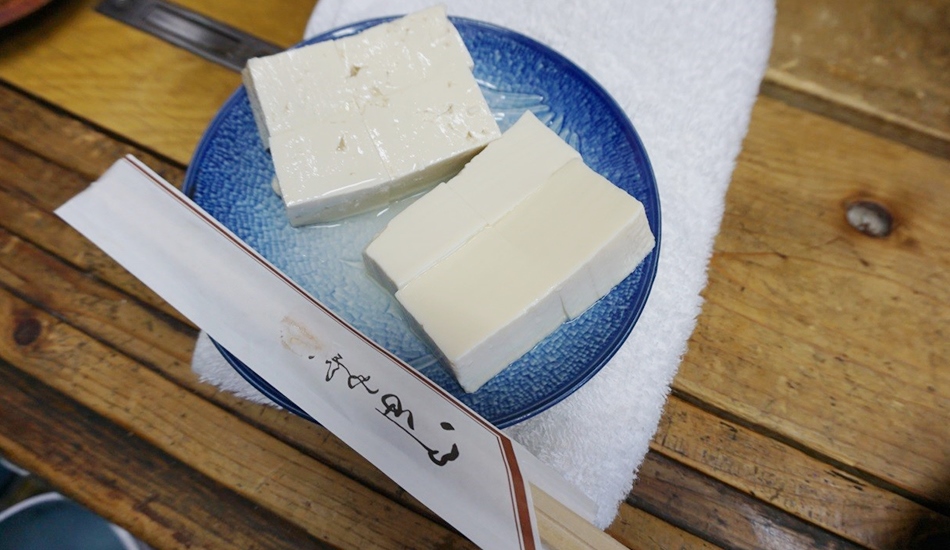For Tofu Lovers – Taste the Difference
Published: March 30, 2018
“Tofu” (bean curd) is that quintessentially Japanese food which non-Japanese either love or wonder what the fuss is all about. I must confess that I lean toward the former, and Toyoda-ya Tofuten is one of the reasons why.
Now in its fiftieth year of operation, Toyoda-ya Tofuten is run by the delightful father-and-son team of Mr. Katsuyuki and Mr. Katsutoshi Hiyama. Located a bit off the beaten track, in Higashisuna, close to the Arakawa River, this shop exemplifies the small family-run enterprises which have existed for several generations and which are to be found throughout Koto ward.
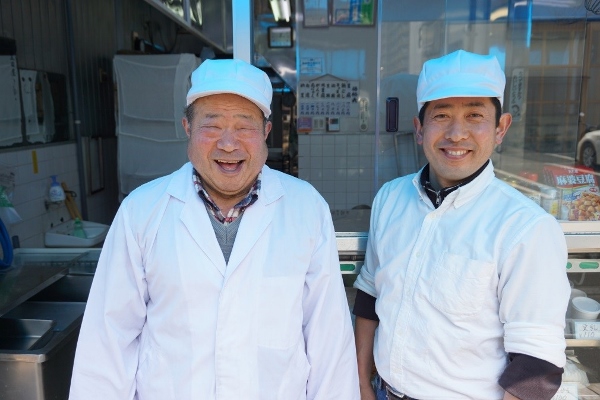
Mr. Hiyama senior’s working life started in a tofu shop run by an aunt, one of four tofu shops owned by relatives, which have all since closed following their owners’ retirement; he says there are only about fourteen shops left in Koto ward still making tofu. Talking to the Hiyamas, whilst sipping tea and trying various servings of tofu offered to me, I realised that being a tofu maker is not a career choice for anyone who enjoys the night life; they are up at 2:30 a.m. most mornings to start making the day’s tofu at 3:00 a.m., so that it is cool, fresh and ready for when the shop opens at 6:00 a.m. A break is taken around lunchtime, before the afternoon shift, which continues until around 7:00 p.m.
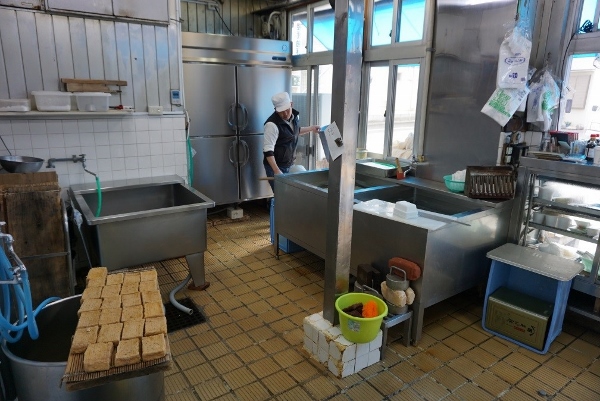
I should have liked to watch the tofu being prepared, but would have had to make my way over to Higashisuna in the early hours of the morning to do so; by the time I arrived for the interview, the day’s batches of tofu had been made and the shop cleaned up afterwards.

Instead, the younger Mr. Hiyama walked me through the process of making tofu. The ingredients are simple and natural; soy beans and water, lots of it (the shop floor seemed to have been awash before I arrived), with some calcium sulphate added to harden the tofu. First, the soy beans are washed and boiled until they become soft,
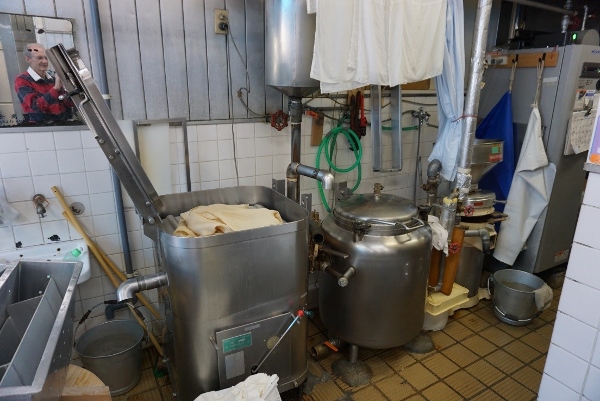
…at which time they are poured into gauze sheets and squeezed and pressed to extract the soy liquid, to which is added the hardener.
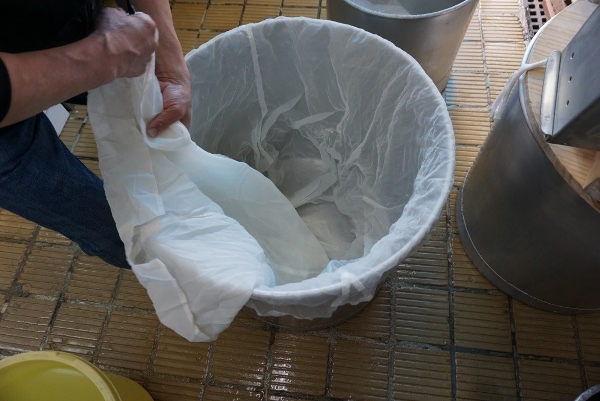
This is all hand-stirred and then broken up and scooped into moulds and allowed to harden into large white blocks.
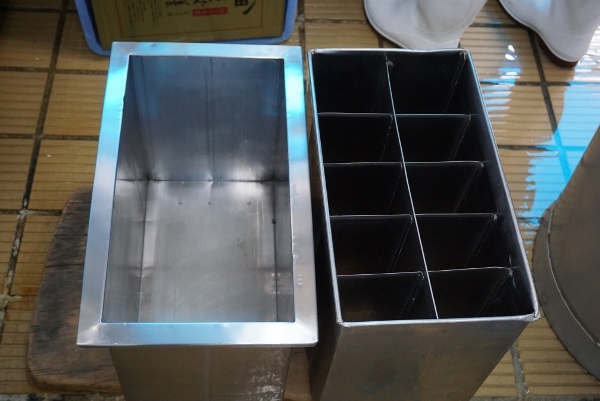
At this stage the tofu is still hot and needs to be cooled to await the day’s customers. The tofu is then cut into individual 400 gram blocks.
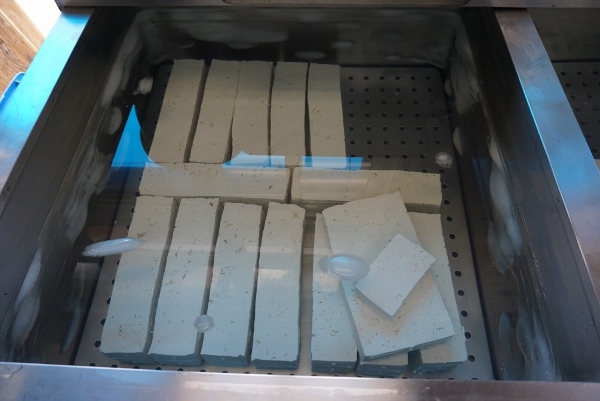
Three separate grades of tofu are produced, depending on the level of straining through the gauze sheets and pressing: “momen” (cotton – left below), “kinu” (silk – right below),
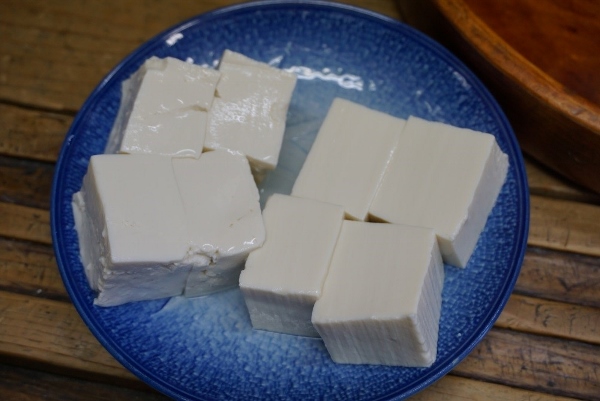
…and the soft pudding-like “oboro” (misty or dream-like).
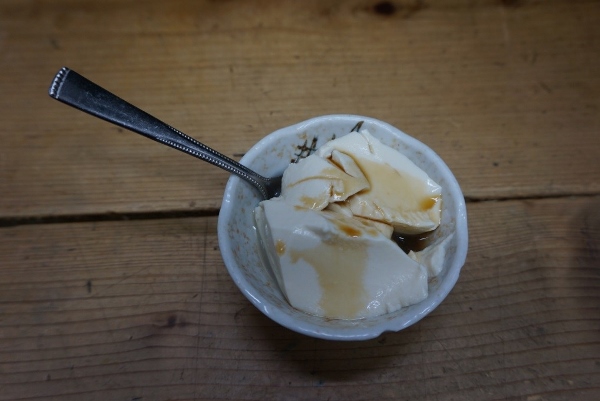
The taste of the kinu is “sappari” (clean and refreshing), whilst the texture of the momen is “koku” (full-bodied). I noticed that the tofu produced by the Hiyamas is firmer with less liquid than what I usually can buy in supermarkets, and didn’t break into pieces when I tried to pick it up with chopsticks (the bane of a “gaijin’s” life – tofu and chopsticks!). Rolling the tofu around my mouth before I let it slide down my throat, I could tell the difference in taste and texture. Mr. Hiyama, the father, recommends that tofu is best eaten within two days of purchase.
Toyoda-ya’s products consist of not only “plain” tofu, but also “tōnyū” (soy milk),
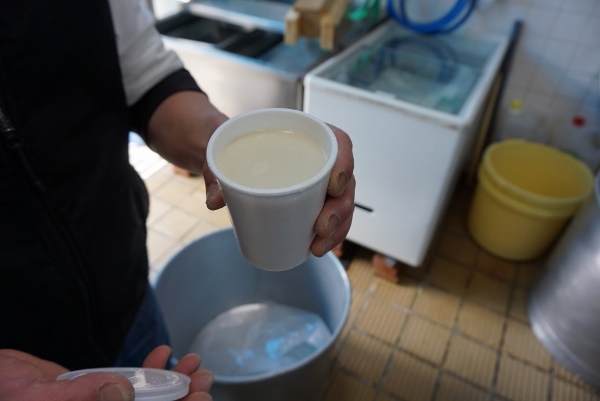
…“atsu-age”/ “nama-age” (thick deep-fried tofu),

…“abura-age” (fried tofu), and
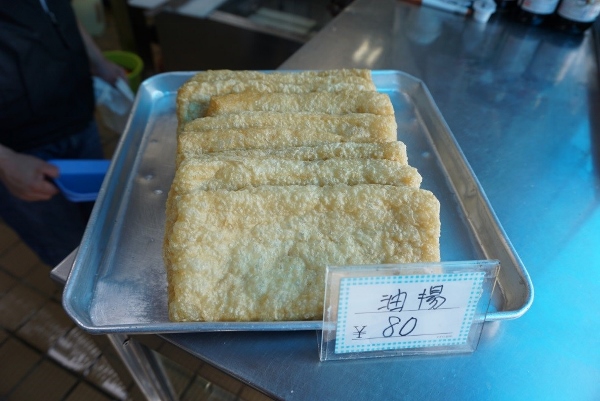
… “ganmodoki” (deep-fried tofu mixed with thinly-sliced vegetables),
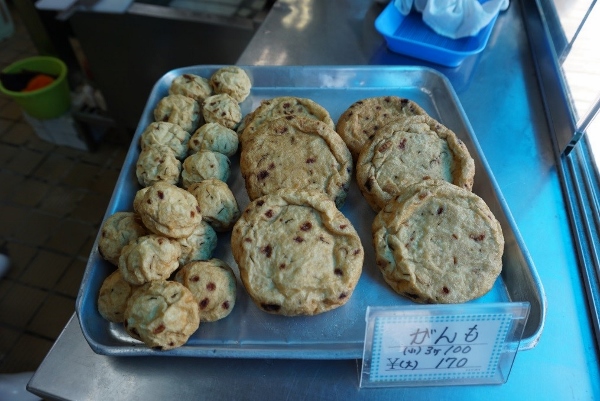
…all of which are made on site.
The Hiyama’s customers typically range from young housewives to elderly ladies, whilst a number of retired men stop off during their daily walks to buy some healthy soy milk to drink. Toyoda-ya also regularly delivers tofu as part of pupils’ set lunches to a number of schools in Koto ward, as well as to local shops, whilst staff from local izakaya, ramen shops and yakitori restaurants also drop in to buy tofu products for inclusion in their menus.
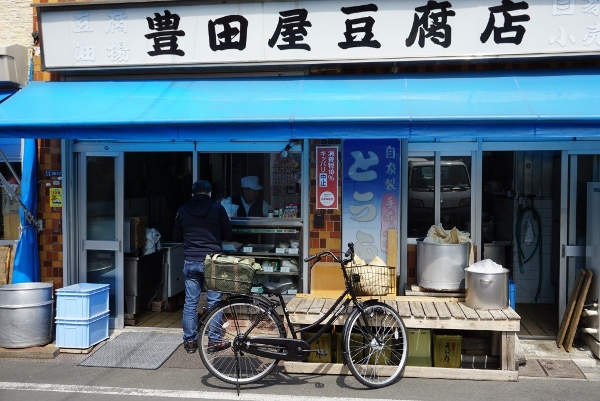
The younger Mr. Hiyama says that as the tofu is handmade, each batch can taste subtly different, depending on the origin of the soy beans, the amount of water and hardener used, as well as the level of squeezing and sifting.
As I was leaving, a healthy-looking lady in her 60s arrived and enthused to me in English about the shop’s tofu. “It’s delicious”, she said as she cycled off down the road. I totally agree with her.
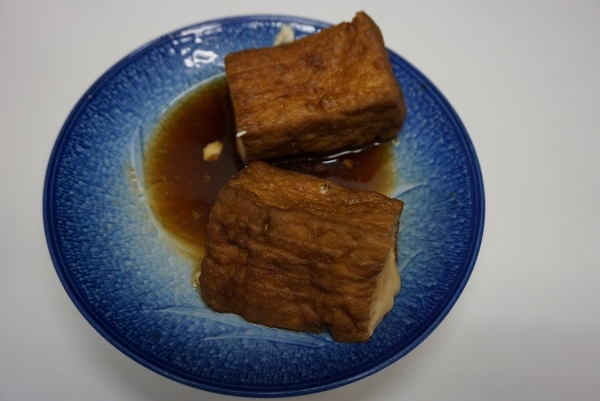
Story and Photos by Jeremy Hutchinson

